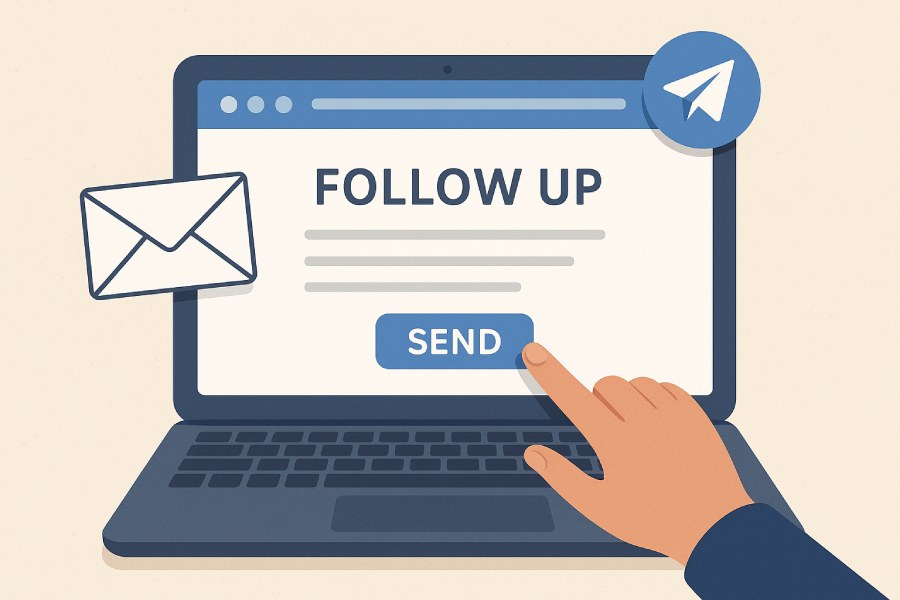Follow Up On Cold Email: Best Sequencing Strategies For 2025
In today’s fast-paced digital environment, sending one cold email is rarely enough to capture a prospect’s attention. The key to success lies in strategic follow-ups that keep your message relevant and persuasive over time. As email algorithms, buyer behaviors, and automation tools continue to evolve in 2025, understanding the best sequencing strategies has become essential for maximizing outreach effectiveness. “Follow Up on Cold Email: Best Sequencing Strategies for 2025” delves into how businesses can craft well-timed, personalized follow-up sequences that boost response rates, maintain professionalism, and build stronger relationships with potential clients.
Understanding the Importance of Cold Email Follow-Ups
In the sphere of B2B email marketing and outbound sales, cold email follow-up constitutes a critical component in the conversion funnel. Prospecting emails often face low initial response rates due to the highly competitive inbox environment and the challenge of establishing trust with uninitiated contacts. Therefore, follow-up strategies act as the linchpin for increasing prospect engagement and nurturing leads effectively down the sales pipeline.
Email outreach becomes exponentially more effective when complemented by a meticulously designed email sequencing plan. Sales enablement teams in organizations leveraging platforms like HubSpot, Outreach, or Salesloft understand the impact of consistent, targeted, and personalized outreach combined with qualified lead nurturing to enhance sales follow-up timing. When follow-ups are absent or poorly executed, opportunities for lead generation can fade, adversely impacting the return on investment (ROI) in email campaign management efforts.
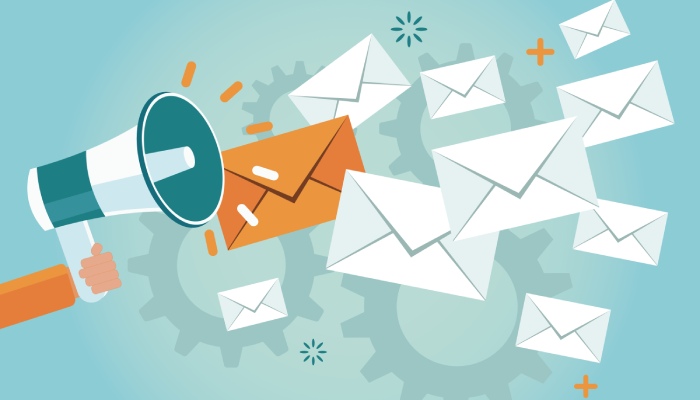
A well-planned cold email follow-up sequence helps improve email deliverability and response rates by reinforcing the value proposition in email copywriting and subject lines designed explicitly for open rate optimization. Integrating CRM systems like Salesforce or Pipedrive supports seamless contact management and reply management, allowing sales reps to keep track of all prospect interactions and optimize follow-up strategies based on email tracking and response analysis.
Key Challenges in Following Up on Cold Emails
Despite the advantages, several obstacles challenge effective sales follow-up execution. Email privacy compliance regulations such as GDPR enforce constraints on email list building and segmentation, demanding well-crafted consent strategies and inbox placement monitoring. Overcoming email fatigue and avoiding the appearance of spam require refined email cadence management to strike the perfect balance between persistence and respect for the recipient’s time.
Another significant hurdle is personalization at scale. Leveraging prospect research tools like LinkedIn Sales Navigator or Apollo.io enables sales teams to gather relevant data points for personalized outreach, yet integrating this into automated email drip campaigns demands sophisticated platform support—tools like Lemlist, Woodpecker, and Mixmax provide dynamic email templates that blend automation with customization.
Cold calling vs cold emailing debates highlight how cold email follow-up must be strategic to differentiate from noisy cold outreach best practices. Sales reps must harness sales tactics that leverage lead scoring insights, dynamic email subject lines, and email automation workflows without diluting the human touch necessary to sustain meaningful engagement.
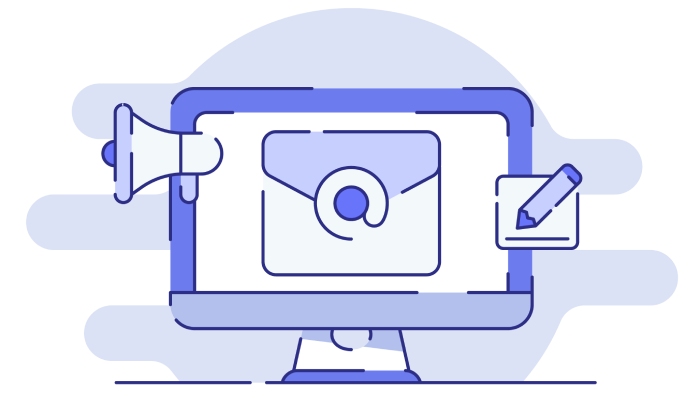
Psychological Principles Behind Effective Follow-Ups
The science underlying effective cold email follow-up rests on cognitive and behavioral psychology principles. The principle of reciprocity encourages prospects to respond when initial value is provided in early emails, often through well-articulated value propositions. Email marketing experts like Jeb Blount and Aaron Ross emphasize the use of social proof, authority, and consistency to build trust across email outreach sequences.
Creating a sense of urgency balanced with empathy capitalizes on the Zeigarnik effect—the psychological tendency to remember unfinished tasks—making timely follow-ups more impactful. Employing personalized outreach supports psychological triggers by showing attentiveness and relevance, which increases sales engagement and nurtures trust in B2B email communications.
Effective email copywriting aligned with prospect engagement triggers results in higher click-through rates and response rates, reinforcing the importance of A/B testing emails for better email subject lines and email content performance. Sales enablement platforms such as Yesware and Groove facilitate this through comprehensive email metrics, enabling sellers to optimize messaging iteratively.
Timing: When to Send Your First Follow-Up Email
Determining the optimal email timing for initiating a cold email follow-up is paramount. Research within email campaign management consistently shows that the first follow-up should ideally be sent within 2 to 3 days after the initial cold outreach unless prospect data suggests otherwise. This window balances immediate recall with sufficient processing time for the recipient.
CRMs like Zendesk Sell and Freshsales, combined with prospecting tools such as BuzzSumo and Nureply, can analyze past reply behaviors and predict the best timing to trigger follow-up emails. Salesloft and Reply.io incorporate automated scheduling features to standardize follow-up email cadence aligned with industry benchmarks and segment-specific behaviors, supporting lead nurturing through well-paced email drip campaigns.
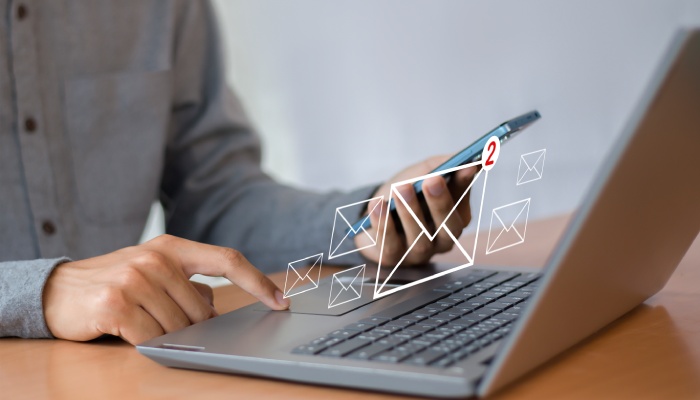
Furthermore, the timing must consider prospect timezone, working hours, and even behavioral patterns revealed through email tracking analytics. Optimizing for inbox placement and open rate optimization during these times maximizes the chances of engagement without being intrusive.
Optimal Frequency: How Often Should You Follow Up?
The question of optimal frequency in cold email follow-up remains vital for balancing persistence versus avoidance of saturation. Most outbound sales professionals, including thought leaders like Gary Vaynerchuk and Steli Efti, agree that 4 to 6 follow-ups spaced according to a carefully mapped email cadence offers the best success in prospecting emails.
Employing email automation tools such as ActiveCampaign, Marketo, or ConvertKit facilitates maintaining this cadence efficiently while preserving personalized outreach through dynamic email templates. Effective follow-up frequency should adjust based on lead scoring insights and prior email engagement metrics, ensuring email segmentation tailors cadences for high-value prospects with higher engagement versus colder leads.
Reply management is streamlined by integrating CRM integration platforms and leveraging email response templates to accelerate personalized responses and reduce response time. This strategy significantly elevates the conversion rate by keeping the conversation alive within the sales pipeline without overwhelming prospects.
In contrast, poorly spaced follow-ups risk customer annoyance and dwindling email deliverability due to spam filters impacting inbox placement negatively. Continuous A/B testing emails to calibrate subject lines and timing informs better cadence decisions leading to improved click-through rates and elevated email campaign success.
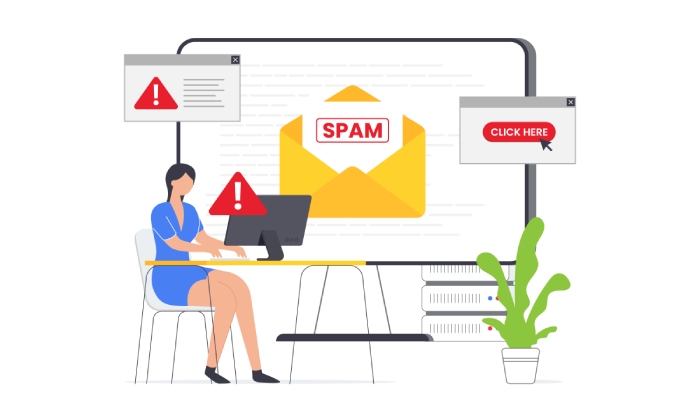
Statistical Data: Cold Email Follow-Up Success Metrics in 2024
• Average response rate after cold email follow-up sequences: 27%
• Ideal number of follow-ups for maximum lead engagement: 5
• Increase in open rates due to personalized email subject lines: 22%
• Conversion rate improvement through CRM integrated email automation: 18%
• Average increase in click-through rate from optimized email sequencing: 15%
Source: HubSpot, Salesloft, and Yesware 2024 Email Campaign Benchmarks Report
Crafting Compelling Subject Lines for Follow-Up Emails
In the realm of cold email follow-up, the email subject line functions as the critical gateway to prospect engagement. Effective email subject lines can significantly influence open rate optimization and email deliverability, which remain paramount in email outreach success. Crafting subject lines that resonate with the recipient’s interests, while succinctly communicating the value proposition in email, is a pivotal sales tactic in B2B email marketing.
Best practices in crafting subject lines include incorporating personalization—such as the prospect’s name or company—to enhance email personalization and bypass inbox clutter. Tools like HubSpot and Lemlist offer dynamic personalization tokens that help tailor subject lines precisely. Moreover, A/B testing emails for subject lines can reveal which phrasing drives higher click-through rates and response rates; platforms like Mailchimp and ActiveCampaign integrate intuitive A/B testing features specifically for this aim.
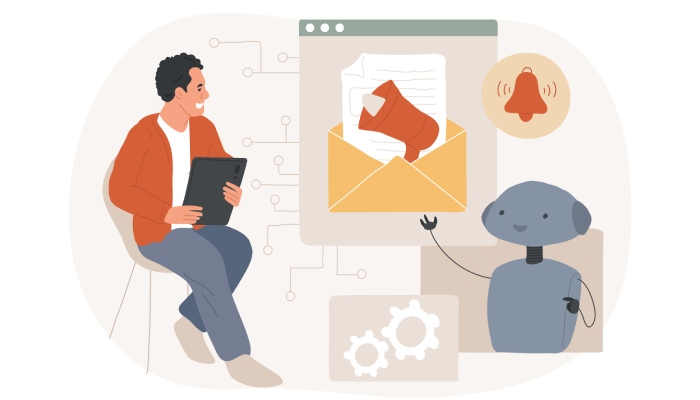
To optimize inbox placement, subject lines should avoid spammy words and maintain concise yet compelling wording. For example, referencing a recent prospect research insight or hinting at a solution to known pain points can motivate recipients to open. Additionally, varying email cadence and timing to when prospects are most likely to check their inbox, as tracked via email tracking features in Outreach or Salesloft, can further boost open rates.
Personalization Techniques to Boost Engagement
The role of email personalization in lead nurturing and sales engagement cannot be overstated. Personalized outreach leveraging CRM integration with platforms such as Salesforce, Pipedrive, or Freshsales allows for dynamic insertion of relevant data points—like past interactions, company size, or industry—directly into email copywriting. This tailored approach significantly increases the response rate in cold outreach best practices.
Incorporating deep prospect research, using LinkedIn Sales Navigator or Apollo.io, enables sales teams to customize prospecting emails that feel thoughtful and indicate genuine interest rather than generic mass messaging. Email templates that include personalized value propositions and references to specific challenges improve the relevance of emails within the conversion funnel.
Effective email marketing automation tools like Drip and ConvertKit permit segmentation to ensure follow-up sequences align with the prospect’s stage in the sales pipeline. Segmentation combined with personalized outreach nurtures leads effectively, ensuring that cold email follow-up progresses to warm engagement. Moreover, integrating lead scoring systems helps prioritize which leads receive more personalized and timely sales follow-up.
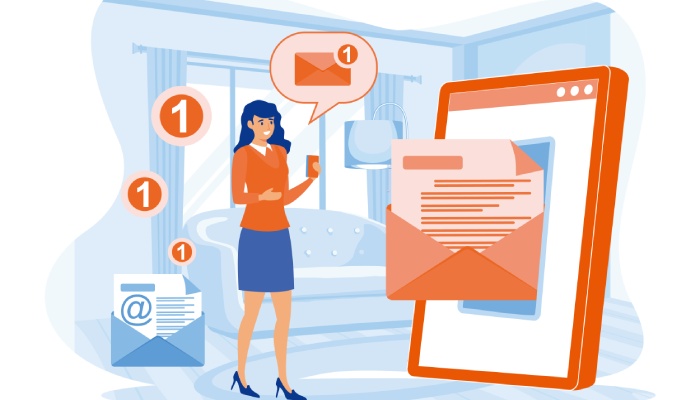
Leveraging Multi-Channel Follow-Up Strategies
Email outreach in isolation often yields limited sales results. Multi-channel follow-up strategies, combining cold emailing with outbound sales tactics such as cold calling vs cold emailing, social selling on LinkedIn via Sales Navigator, and direct messaging, create a holistic sales enablement framework.
Synchronizing email drip campaigns with CRM contact management tools ensures that follow-up strategies execute seamlessly. For instance, when integrating Woodpecker or Mixmax with Salesforce or Close.io, sales reps can enact a coordinated cadence: a prospecting email followed by a LinkedIn message, then a cold calling attempt scheduled via CRM, maximizing sales pipeline velocity.
Employing cross-channel follow-up improves prospect engagement by addressing different communication preferences while reinforcing messaging consistency. Reply management systems embedded in Yesware or Groove help handle inbound replies across channels efficiently, ensuring timely sales follow-up timing without losing momentum.
Using Automated Tools While Maintaining a Human Touch
Automation in email campaign management is indispensable for scaling lead generation efforts, but preserving a human touch is vital to avoid alienating prospects. Email automation platforms like Salesloft, Autoklose, or ActiveCampaign offer robust email sequencing features allowing sales teams to send personalized outreach at scale while maintaining authenticity.
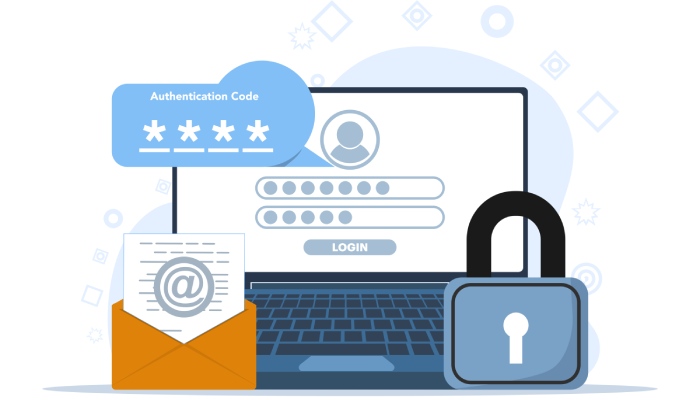
To strike this balance, using customized email response templates that reference specific prospect data prevents automation from seeming robotic. Incorporating subtle variations in email copywriting and subject lines, made possible via A/B testing emails, enhances personalization while leveraging automation benefits.
CRM integration is critical here; syncing automated campaigns with platforms such as Zendesk Sell or Freshsales ensures that follow-ups are triggered based on real-time prospect behavior and engagement signals detected through email tracking. This integration supports smart follow-up strategies that adapt email cadence and content based on response analysis and lead scoring.
A/B Testing Follow-Up Sequences for Maximum Impact
A/B testing emails remains a cornerstone strategy in optimizing cold email follow-up performance. By systematically testing variables such as email subject lines, call-to-action placement, email copywriting styles, and send times, sales teams can discern statistically significant pathways that maximize response rate and sales engagement.
Email marketing tools like Constant Contact, Marketo, and Sendinblue facilitate sophisticated experimental designs for email sequencing tests. Testing variables across segmented lists enables nuanced insights into which follow-up strategies resonate with different lead segments in a sales pipeline.
In addition to open rate optimization and click-through rate metrics, monitoring email deliverability and inbox placement through platforms like Yesware or Reply.io is essential to verify that tested sequences aren’t being relegated to spam folders, thereby preserving the integrity of response analysis.
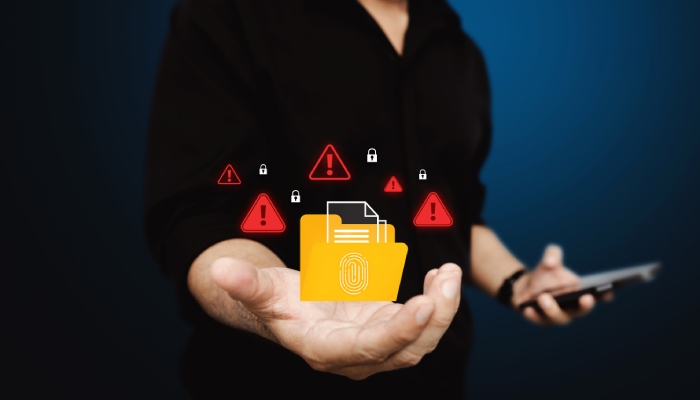
Case Studies: Successful Cold Email Follow-Up Campaigns
Several leading sales professionals and organizations have documented wins using refined cold email follow-up best practices combined with modern tools and techniques. For example, Aaron Ross, a pioneer in outbound sales methodology, emphasizes the importance of consistent email cadence accompanied by personalized value propositions in email to nurture high-quality leads efficiently.
Companies leveraging platforms such as Outreach and Salesloft have reported significant improvements in response rate and conversion funnel progression by implementing sophisticated email sequencing coupled with multichannel outreach—integrating Linkedin Sales Navigator for prospecting tools and FollowUp strategies.
Another case study emerges from the marketing automation realm with Lemlist clients achieving superior open rate optimization by employing personalized outreach within automated email drip campaigns, supported by extensive A/B testing emails and CRM integration for precise reply management.
Steli Efti, a recognized sales enablement thought leader, advocates for a human-centered approach that balances email automation with personalized email copywriting and timely sales follow-up. His strategies, echoed by sales experts like Jeb Blount and Gary Vaynerchuk, emphasize that cold email follow-up must be a conversation starter, not just an information broadcast.
Such success stories confirm that blending personalization techniques, automation tools, multi-channel strategies, and data-driven testing forms an indispensable framework for high-performing cold email follow-up campaigns in competitive B2B environments.
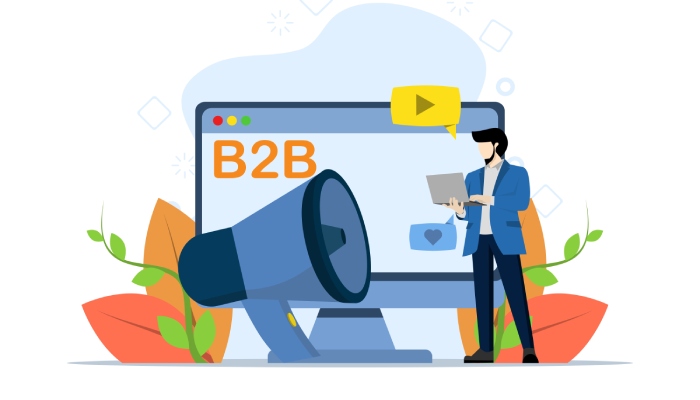
Common Mistakes to Avoid in Follow-Up Sequences
In the realm of B2B email outreach, the effectiveness of a cold email follow-up often dictates whether a prospect advances through the sales pipeline. A critical error frequently encountered in email sequencing and sales follow-up is neglecting email personalization. Generic email templates may offer convenience but fail to spark prospect engagement. Incorporating prospect research into email copywriting and customizing email subject lines to reflect the recipient’s pain points or interests significantly improves open rate optimization and click-through rate.
Another prevalent mistake is poor timing and email cadence. Sales follow-up timing that is too aggressive can inundate prospects, harming inbox placement and reducing email deliverability. Conversely, sparse follow-up sequences risk losing momentum in lead nurturing and adversely affect lead scoring procedures. Tools like Outreach and Salesloft enable sales teams to automate and regulate email cadence strategically, balancing persistent engagement without overwhelming recipients.
Failing to integrate proper CRM systems such as HubSpot, Salesforce, or Pipedrive into email campaign management also compromises reply management and contact management. CRM integration ensures that sales teams maintain a comprehensive record of prospect interactions, enabling data-driven sales tactics and seamless sales enablement. Inadequate email tracking or a lack of consistent analysis of email metrics such as response rate and conversion funnel progression can prevent teams from optimizing cold outreach best practices through A/B testing emails and email segmentation.
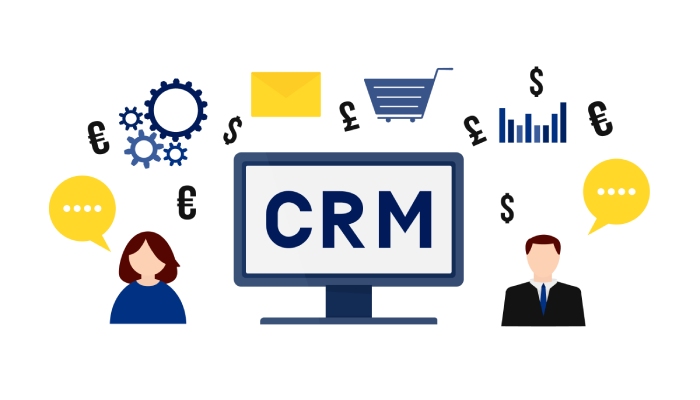
Lastly, undervaluing the importance of clear value proposition in email content and neglecting follow-up strategies aligned with the prospect’s position in the buying cycle often leads to wasted lead generation efforts. Utilizing prospecting tools like LinkedIn Sales Navigator and Apollo.io alongside personalized outreach campaigns will significantly reduce these common pitfalls.
Legal and Ethical Considerations in Email Follow-Ups
Compliance with email privacy regulations—such as GDPR, CAN-SPAM Act, and CCPA—is non-negotiable in email marketing and outbound sales activities. Email automation platforms like Mailchimp, ActiveCampaign, and Marketo incorporate built-in features ensuring email privacy compliance, such as opt-out mechanisms and consent management. Marketers should always include opt-in confirmations and detailed unsubscribe links in every cold email and follow-up sequence to maintain ethical standards and avoid legal repercussions.
Moreover, data collection through prospect research and email list building must respect privacy standards and avoid unsolicited mass emailing tactics. Quality prospect segmentation combined with responsible email list management helps improve email deliverability without sacrificing compliance. Responsible sales enablement entails respecting prospect preferences in email cadence and timing, ensuring that follow-up strategies do not cross the line into spam territory.
Ethical email copywriting also requires transparency about the sender’s identity and clear communication of the value proposition. Renowned experts like Jeb Blount and Aaron Ross emphasize that trust is fundamental to increasing response rate and long-term prospect engagement. Employing email response templates that honor these principles fosters a professional rapport beneficial to the entire conversion funnel.
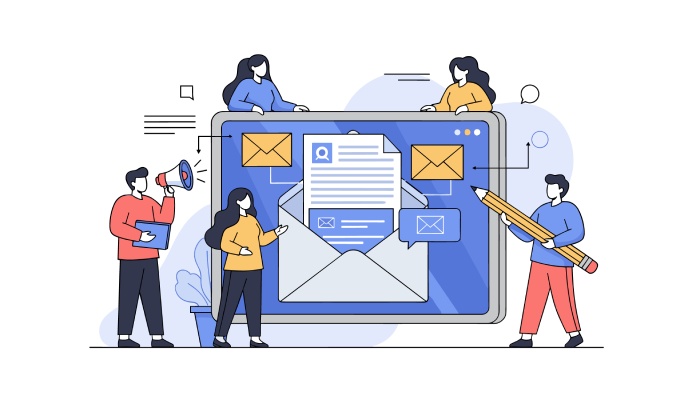
Future Trends: Innovations Shaping Cold Email Follow-Ups in 2025
The next wave of advancements in cold email follow-up is heavily influenced by artificial intelligence and automation technologies, revolutionizing email campaign management and sales engagement. AI-powered prospect research tools—compatible with platforms like Groove and Mixmax—enable hyper-personalized outreach by analyzing public data and behavioral patterns to craft messages with optimized email subject lines and value propositions.
Integration of advanced email automation with CRM platforms such as Freshsales and Salesloft facilitates dynamic email sequencing that adapts in real time to prospect responses, thereby refining email cadence for maximum impact. Moreover, enhanced email tracking capabilities predict the best email timing to send prospecting emails, improving inbox placement and open rate optimization while minimizing email deliverability risks.
The fusion of data analytics and A/B testing emails is becoming more sophisticated, enabling marketers to employ granular email segmentation that aligns perfectly with different buyer personas and conversion funnel stages. Additionally, sales enablement tools increasingly incorporate voice recognition and conversational AI to blend cold calling vs cold emailing strategies, providing multichannel outreach that suits diverse prospect preferences.
Thought leaders like Gary Vaynerchuk advocate for combining outbound sales with authentic, value-first email marketing approaches, a trend likely to intensify in 2025. Platforms such as Lemlist and Autoklose are setting the stage for more intuitive personalized outreach campaigns driven by behavioral triggers and predictive lead scoring, ensuring that prospect engagement is both timely and contextually relevant.

FAQs
What is the ideal email cadence for cold email follow-ups?
The ideal email cadence balances persistence with respect for prospect time. Typically, an initial email followed by 2-4 follow-ups spaced 3-7 days apart optimizes response rate without overwhelming recipients, though it varies by industry and buyer persona.
How can I ensure my cold email follow-ups comply with email privacy regulations?
Use opt-in confirmation, include clear unsubscribe links, and avoid unsolicited bulk emailing. Leveraging platforms like Mailchimp or ActiveCampaign with built-in compliance tools helps maintain adherence to GDPR, CAN-SPAM, and CCPA.
What role does CRM integration play in managing follow-up sequences?
CRM integration centralizes contact management, tracks sales engagement metrics, and supports automated workflows, enabling sales teams to execute personalized outreach efficiently and maintain comprehensive communication histories.
How can AI improve cold email follow-ups?
AI enhances email personalization by analyzing prospect data, optimizing email subject lines and content, and dynamically adjusting email sequencing and timing, leading to higher open and click-through rates.
What are effective follow-up strategies for negative or no response emails?
Use respectful email drip campaigns that gradually reduce frequency, leveraging email tracking data to analyze response patterns and adjust strategies for future outreach without damaging rapport.
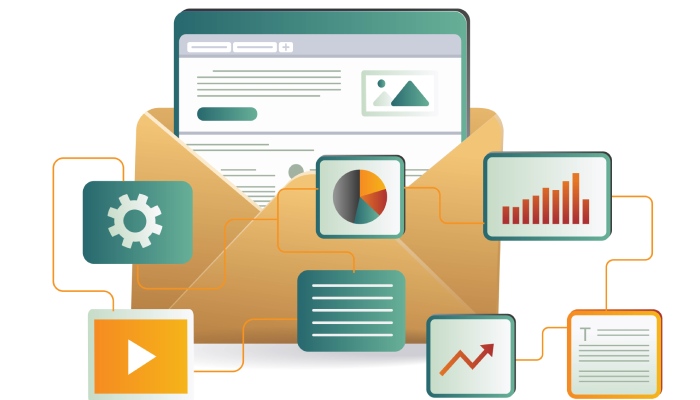
Key Takeaways
- Avoid generic email templates by integrating deep prospect research and personalizing email subject lines and body content to increase engagement.
- Maintain email privacy compliance with transparent consent practices and appropriate opt-out options to ensure legal and ethical email marketing.
- Prepare for replies with structured reply management and customized email response templates catering to both positive and negative feedback.
- Leverage AI and automation tools for dynamic email sequencing and optimized email cadence, improving overall email deliverability and sales pipeline conversion.
- Use CRM integration and sales enablement platforms for effective contact and campaign management, fostering seamless lead nurturing and higher sales engagement.

